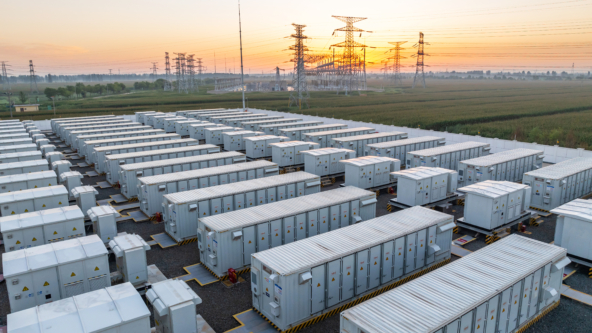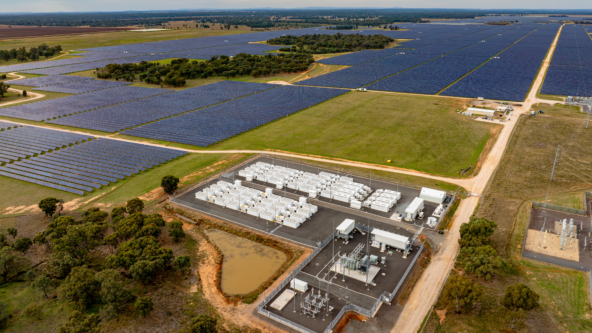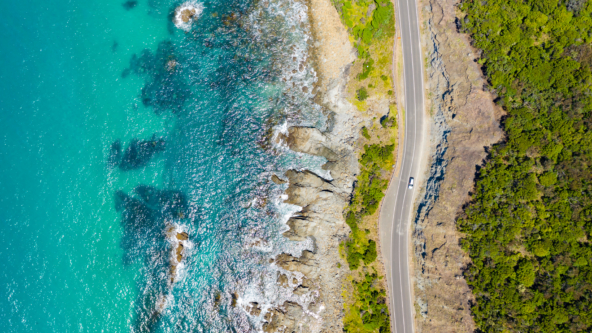Today, 80% of Australia’s electricity is generated from an increasingly ageing fleet of coal and gas plants. Over the next 30 years, 85% of the coal capacity is forecast to retire with major energy companies having little to no planned reinvestment or new construction of coal plants.
In addition to the reduced supply from existing fossil fuel plants, Australia’s energy consumption is also set to grow:
- Population Growth: Following significant population growth of 17.9% over the last decade, Australia is set to be one of the fasted growing populations in the developed world, with an expected 40 million people by 2050; and
- Climate Change: Increasing temperatures across Australia will have an impact on energy consumption. In states such as NSW and QLD which have sustained record temperatures in 2018 and 2019 have resulted in record energy demand for corresponding usage of air conditioning.
Reduced fossil fuel energy generation and increased consumption will not only lead to increased power prices, but also have an impact on grid strength and availability of power during times of high usage. It’s now that investment is required to fund the construction of new energy generators for the future.
As it stands, large scale solar is a cheaper form of electricity in comparison to building new coal or even redeveloping existing coal plants that need further investment. In addition to the cost benefit of solar, is the clear environmental benefits of generating energy via renewable means. Emissions this year are the highest on record, with the energy market producing 35% of all Australia’s CO2 emissions. As coal plants become less viable, by replacing these assets with clean energy generation, we will be helping Australia reach the emissions targeted in the Paris Agreement.
Although the transition away from coal is being forecasted as a smooth transition, our experience in a number of international markets shows us that this will happen much sooner and more disorderly than expected. We’re already seeing coal stations shutting down earlier than expected such as Hazelwood in 2017, with this expected to continue with recent news that Queensland will be shutting down Callide B a decade earlier than planned. For Australian’s to have access to cheap reliable energy, we will need to ensure the country


